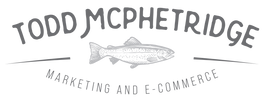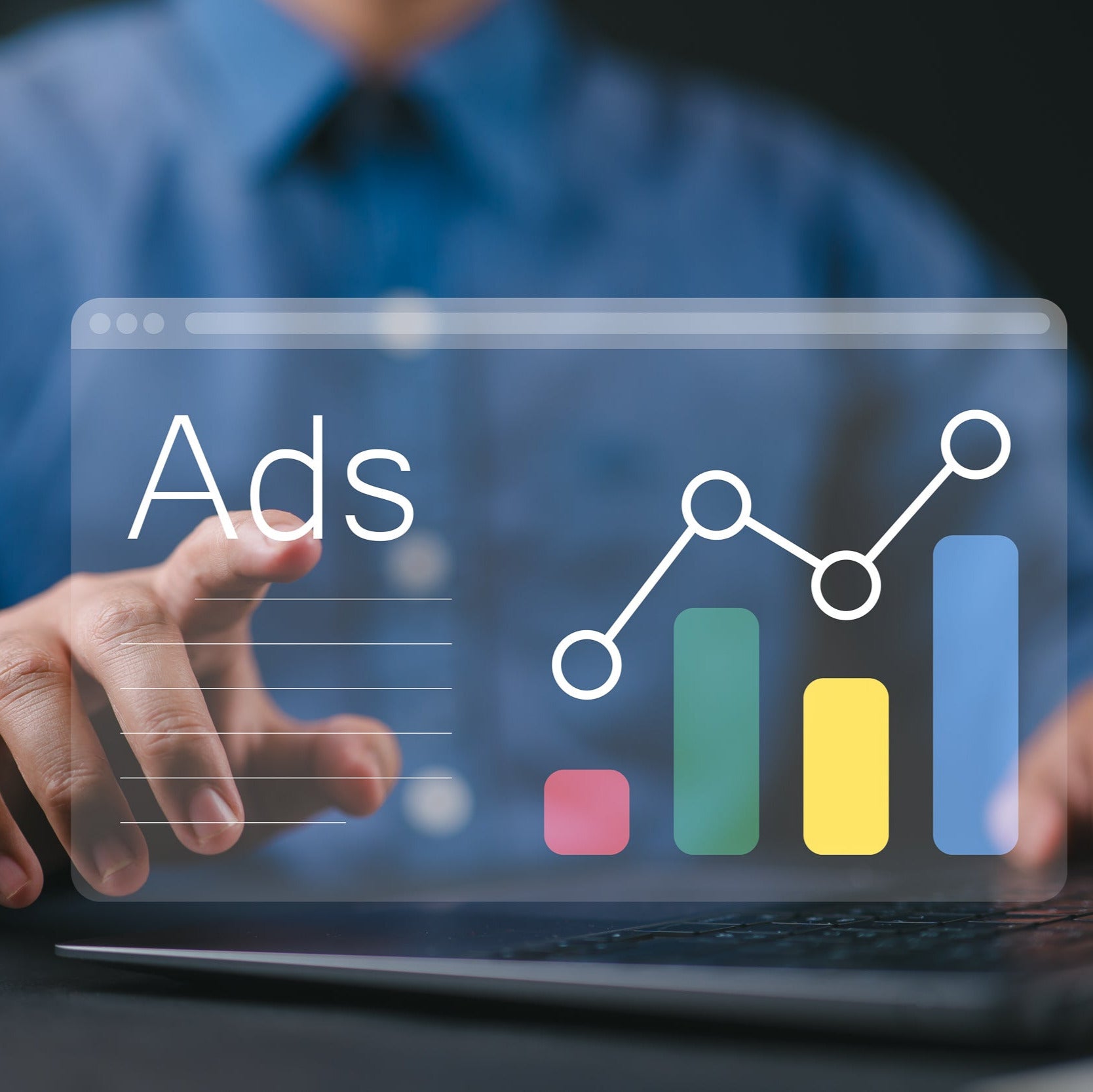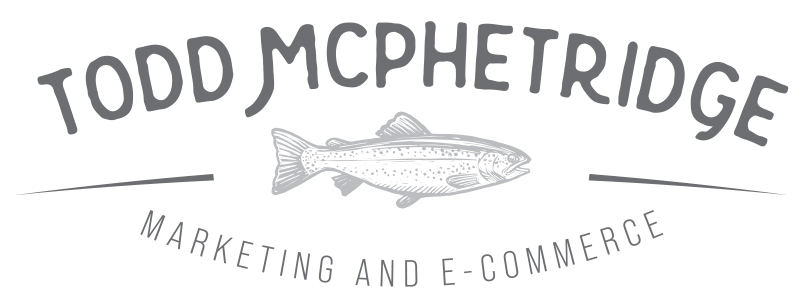PPC Consultant
Search can be your most disciplined acquisition channel when the budget split follows clear financial rules. This guide gives performance and finance leaders a practical SEM budget strategy that allocates spend across branded queries, non-brand intent, and Shopping based on payback time and saturation. Use it to set CAC targets, keep growth predictable, and align your channel mix for search with inventory and margin realities. If you are evaluating support from a senior PPC Consultant, this is the ladder they should bring to the first meeting.
What each lane is for
- Brand: defend navigational queries, control message and extensions, protect conversion when competitors bid on your name. Treat this as conversion insurance with strict caps.
- Non-brand: capture in-market problem and comparison searches. This is your scalable demand capture if you respect payback and query quality.
- Shopping: win visual shelf space for product-led intent. Feed quality and margin filters determine whether clicks turn into contribution.
Guardrails finance will support
- CAC guardrail: blended customer acquisition cost in each lane must sit inside first-order contribution with room for returns and fees.
- Payback window: days until cumulative contribution covers CAC by lane. Non-brand and Shopping usually carry longer windows than brand. Make that explicit.
- Saturation threshold: the point where extra budget buys mostly cannibalization or expensive tail terms. You will see rising CPC with flat incremental conversions.
The budget ladder
Allocate in this order and climb only when the current rung is healthy. The ranges below are starting points you will tune by category, AOV, seasonality, and inventory coverage.
| Rung | Lane | Spend Share Start | Payback Requirement | Saturation Test | When to Climb |
|---|---|---|---|---|---|
| 1 | Brand | 5% to 15% | Inside 7 days | Impression share ≥ 85% non-lost to rank | After share and ROAS stabilize with quality score 8+ |
| 2 | Shopping — hero SKUs only | 20% to 35% | Inside one reorder cycle | Click share rising while CPC change ≤ 10% week over week | When feed quality scores and contribution per click are improving |
| 3 | Non-brand — exact and high intent themes | 30% to 45% | Inside target payback for acquisition cohorts | Marginal CPA within 10% of average and query match rates high | When marginal CPA holds and qualified sessions rise |
| 4 | Shopping — expansion sets | 10% to 20% | At or near cohort payback | New SKUs add net conversions not just clicks | After hero set is at share and inventory is safe |
| 5 | Non-brand — broad and discovery | 0% to 10% | Experimental payback threshold with daily cap | Holdout shows incremental lift | Only when exact and Shopping are saturated |
How to measure saturation
Use a simple weekly check so everyone agrees when a lane is “full enough.”
- Brand: step bids up five percent. If incremental conversions are near zero while CPC rises, you are saturated. Lower bids until impression share stays above the floor with minimal waste.
- Non-brand exact: add five percent budget and new negatives to preserve quality. If marginal CPA worsens more than ten percent while query mix does not change, you are buying the tail. Stop climbing.
- Shopping: raise priorities for hero labels and watch contribution per click. If CPC grows while unit sales and contribution are flat, shift pressure back to hero SKUs or pause low-margin sets.
Query and product hygiene
This is where many splits fail. Tighten the inputs before raising bids.
- Brand structure: separate pure brand, brand plus model, and brand plus coupon. Require ad copy parity with site offers and keep coupon terms out of expansion.
- Non-brand themes: build small, intent-pure ad groups. Use negatives to protect exact and phrase. Write copy that mirrors the query and names the outcome.
- Shopping filters: enforce custom labels for profit tier, price band, lifecycle, and inventory health. Exclude chronic returners and low margin SKUs until strategy requires coverage.
Payback-first bidding
Bid automation works best when finance defines the target. Translate cohort goals into lane level rules.
- Brand: target impression share with a max CPC guardrail. Use a floor for ROAS to prevent waste in niche subterms.
- Non-brand exact: use tCPA or tROAS only after your keyword list is clean. Set guardrails to hit cohort payback by product family.
- Shopping: split campaigns by custom labels. Apply stricter targets to low margin tiers and relax targets for high lifetime value families.
Copy and landing alignment
Budget splits fall apart when the destination does not pay off the query. Fix routing before you scale.
- Brand: send to a concise branded landing or the top category page with trust stack and current offer context. Avoid generic home if navigation is complex.
- Non-brand: route comparison terms to comparison pages with honest tradeoffs and clear CTAs. Route problem queries to a short guide that answers the job quickly.
- Shopping: point to PDPs with price justification near the CTA. Show delivery window and returns summary in the first screen.
Scenario table
| Scenario | Signal | Move | Reason |
|---|---|---|---|
| Brand cannibalization fear | High organic share, competitors bidding | Hold brand at 5 to 10 percent of total with impression share floor | Control messaging and sitelinks while limiting paid overlap |
| Non-brand CPA rises | Marginal CPA up, match quality slipping | Prune queries, tighten negatives, lower bids, boost exact | Buy only high intent; avoid tail spend |
| Shopping wins clicks not profit | CTR up, contribution per click flat | Shift to hero labels, exclude low margin and low stock | Protect contribution and customer experience |
| Inventory constraint | Top SKU below safe coverage | Bid down Shopping on constrained SKUs, favor substitutes | Avoid paying for clicks you cannot fulfill |
| Seasonal spike | CPC rising across lanes | Hold brand share, cap non-brand tail, raise hero Shopping with strict ROAS floors | Concentrate budget where conversion stays stable |
Weekly scorecard for search
- Spend and new customers by lane: brand, non-brand exact, non-brand expansion, Shopping hero, Shopping expansion.
- Blended CAC and cohort payback by lane: confirm against guardrails not just platform ROAS.
- Incremental conversions: brand holdout or geo splits when feasible to quantify true lift.
- Query and label health: percent of clicks on approved query themes and profit tiers.
- Inventory flags: list SKUs that require bid reductions due to low stock or high returns.
Building the initial split in three steps
- Baseline: set brand at the minimum needed to hold impression share and sitelink control. Start at ten percent until you stabilize.
- Core capture: allocate most remaining budget to non-brand exact and Shopping hero sets. Use cohort payback to set targets.
- Expansion: add narrow tests in Shopping expansion and non-brand discovery with daily caps and strict incrementality reads.
Reporting that finance will sign
Create one page that shows where each extra dollar goes and what it buys.
- Top line: spend by lane, new customers, blended CAC, cohort payback.
- Saturation box: impression share, marginal CPA trend, and contribution per click trend.
- Decision log: the two reallocations you made and why they fit the ladder.
FAQ for performance and finance
Do we ever turn off brand
Rarely. Reduce to the floor when organic owns the page and competitors are quiet. Keep a small presence for message control and extensions.
How do we set CAC targets by lane
Work backward from first-order contribution and payback. Non-brand and Shopping can tolerate higher CAC if day 60 revenue per customer is strong for those cohorts.
Where does PMax fit
Treat it as an execution layer for Shopping and dynamic formats. Keep clear labels, exclusions, and asset groups so you still read results by lane.
What if Shopping dominates but returns are high
Lower bids on high return SKUs using custom labels. Improve PDP clarity and size guidance. Shift budget to better behaved families until return rate normalizes.
Ask for a Budget Ladder
If you want a tailored split that respects payback and saturation, ask for a budget ladder. I will map brand floors, non-brand themes, and Shopping label tiers with CAC and payback targets your finance team can approve. You will get a clear SEM budget strategy, a query and product hygiene plan, and a simple weekly scorecard that explains every reallocation. Ideal for teams that want senior Marketing Consultant rigor without agency sprawl.

















